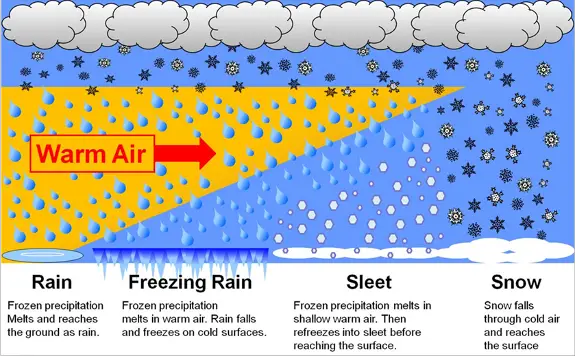
Why Do Avalanches Occur?
Avalanches are surges of a rapid snow flow on a really steep cliff. It typically occurs in mountainous terrain and can be triggered by either natural or manmade activities. If the snow packs on an unstable incline between 35o and 45o, it could easily be set off.
Heavy snows caused by large storms can also be a factor. This accumulation over time creates too much weight for the slope to cling to. This deep, dry snow or thinner layers of “wet” heavier snow is very ideal for an avalanche.
Layers will then build up in the snow pack, which creates flux. Dry weather can create a “crusty” layer on which succeeding snows will easily slide. Wind and rain also create layers.
Great avalanches have the potential to force ice, rocks, trees, and other material down the slope. It is however determined that avalanches are almost always initiated in snow. They are chiefly composed of smooth snow, and are distinct from landslides, rock slides, and collapses from an icefall.
The heavy snow is pulling down, that is why there is strength pushing downwards on the incline due to gravity. On an opposite force, it limits the resistance between the mountain slope and the snow. Any changes in the forces of these two matters will surely bring about the avalanche.
A Swiss myth has it that the peal of a bell, the snap of a whip or the beating of a bird’s wings can set off an avalanche such is the fine balance between the opposing forces.
Avalanches can also be triggered as a preventive measure. A system being used to prevent the formation of a deadly avalanche is to create a simulation ‘š make an artificial one! If people see that there is an accumulation of snow in a peak, then, they are cautious of the fact that it may cause an avalanche and steer clear from the area. Explosives are being used to create these artificial avalanches.











Leave a Reply